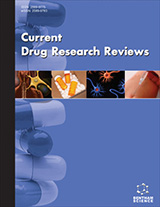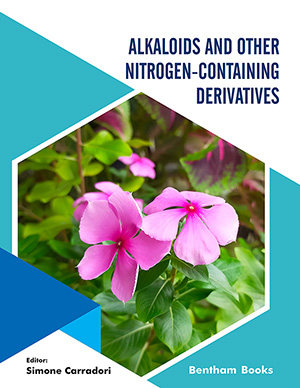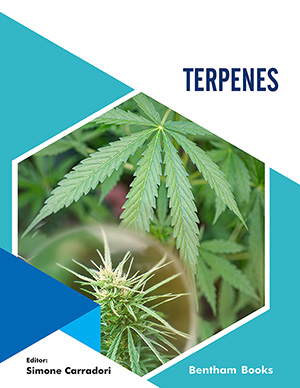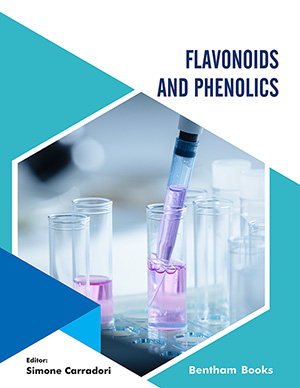Abstract
High impulsivity in children with attention deficit/hyperactivity disorder (ADHD) plays a key role in their vulnerability to substance abuse disorders (SUDs).
Although impulsivity is increasingly recognized as a multidimensional construct, efforts to describe the contribution of different impulsivity aspects to the development of SUD have been hindered by conceptual and experimental inconsistencies.
This review seeks to map potential trajectories from childhood ADHD to SUD by examining the hypothesized mediating role of three different impulsivity-related constructs: disinhibition, impulsive choice, and sensation seeking.
Integration of data from developmental, cognitive, and neurophysiological research suggests that childhood ADHD and SUD are both associated with behavioural and neurophysiological deficits in all three impulsivity-related constructs. Examination of brain mechanisms related to the three impulsivity-related constructs indicates that ADHD share neurophysiological deficits with SUD, such as abnormal brain activity in areas involved in inhibition and complex cognitive-emotional processes.
We conclude that different impulsivity constructs operate independently and interact with each other to affect adult risk taking behaviour and SUD in patients with childhood ADHD. This review highlights the current theoretical and methodological challenges in the study of impulsivity and discusses clinical implications and directions for future research.
Keywords: ADHD, impulsivity, inhibition control, sensation-seeking, substance abuse disorder, vulnerability.
 110
110 8
8















